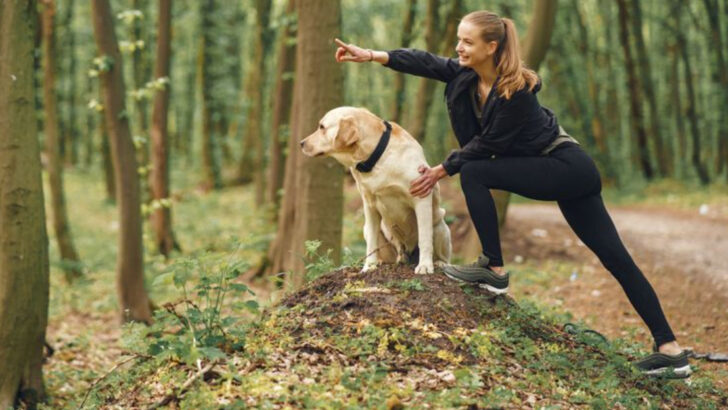Training sensitive dogs requires a special touch, as standard methods may not suit their gentle dispositions.
This guide explores 13 training methods that often fail and 7 that consistently succeed with sensitive dogs.
By understanding what doesn’t work and embracing techniques that do, you can foster a positive and effective training experience.
Whether you’re a seasoned dog owner or a first-time pet parent, these insights will help you nurture a loving and well-behaved companion.
Discover the art of gentle training and unlock the key to a harmonious relationship with your sensitive canine friend.
Fail: Shock Collars
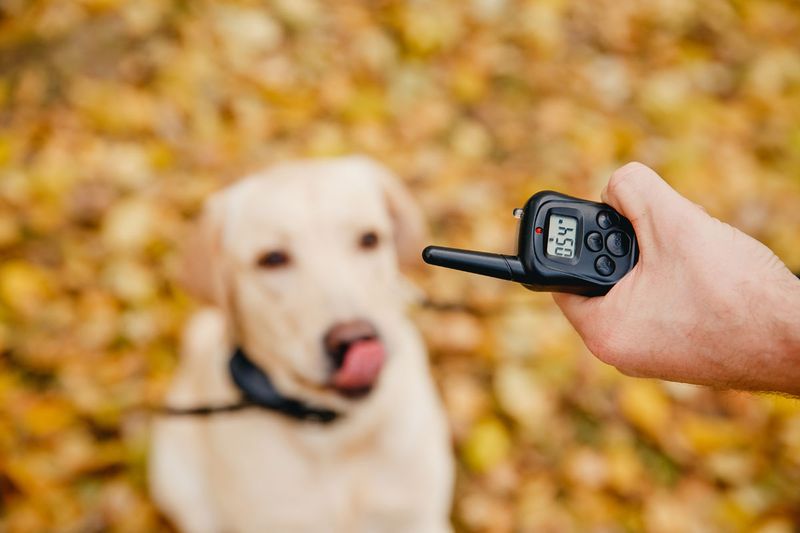
Shock collars can create anxiety in sensitive dogs. These dogs may associate the shock with their environment, leading to fear. Instead of correcting behavior, shock collars can cause more issues.
They might become withdrawn and fearful. These tools don’t foster trust; they deteriorate it. Sensitive dogs require patience and understanding. They flourish with positive reinforcement.
A calm voice and gentle touch work wonders. Opting for non-punitive methods fosters a loving bond. Build a trusting relationship with rewards, not fear.
Fail: Yelling

Yelling can be frightening to a sensitive dog. Loud voices may cause them to become scared and anxious. Even a raised voice, meant to discipline, might be misunderstood.
They may interpret yelling as aggression. This can lead to a breakdown in communication. Instead, calm reassurances and positive words encourage. Dogs respond better to kindness.
By building trust and using a soft tone, you create a safe space. This environment allows them to learn without fear. Celebrate their achievements with praise and treats.
Fail: Physical Punishment

Physical punishment is harmful and counterproductive. Sensitive dogs, in particular, suffer more. They may become fearful and distrustful. Instead of learning, they associate touch with pain.
This creates a cycle of fear and anxiety. Physical discipline destroys the bond between dog and owner. Embracing gentler methods enhances understanding. Using treats and affection fosters a loving relationship.
A kind hand and patient approach work wonders. They learn through encouragement, not fear. Transform training sessions into moments of joy and connection.
Fail: Isolation as Punishment
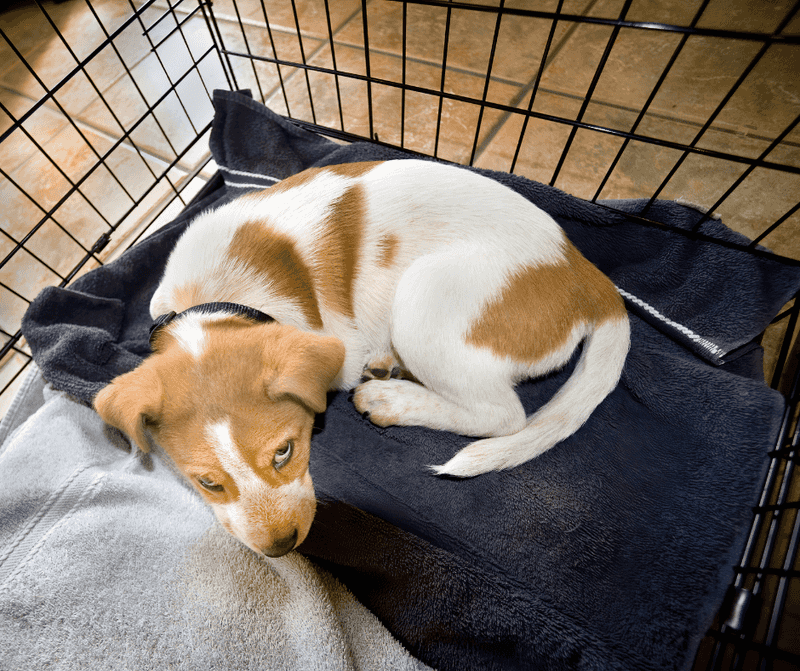
Isolation can be distressing for sensitive dogs. It may lead to feelings of abandonment. They might become anxious and withdrawn. This method doesn’t teach them what went wrong.
Instead, it fosters insecurity. Dogs thrive on companionship and understanding. Instead of isolating, redirect their energy. Engage them with toys and positive activities. Encourage good behavior with rewards.
Create a home filled with love and support. Celebrate their efforts with praise. A nurturing environment leads to success. Teach them with kindness and patience.
Fail: Ignoring the Dog
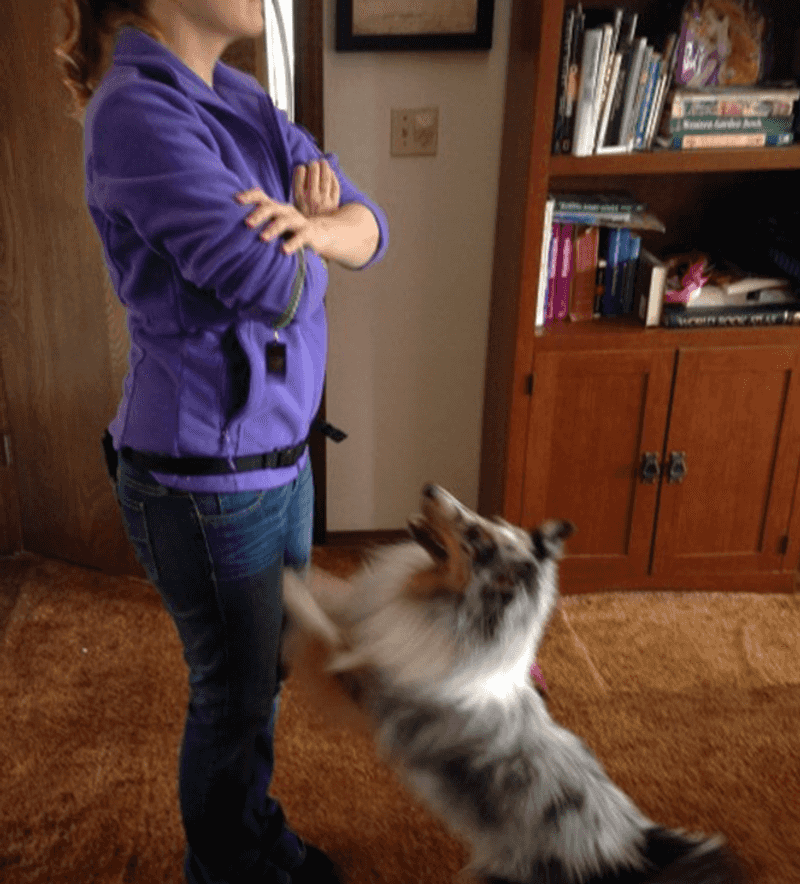
Ignoring a sensitive dog can be confusing. They may not understand what they did wrong. Instead of correcting behavior, it creates confusion. This method may lead to feelings of neglect.
Dogs look to their owners for guidance and support. By ignoring them, you miss teaching opportunities. Engage with them through positive reinforcement. Show them what behavior is desired.
Celebrate their successes with treats and praise. A supportive approach builds confidence. They flourish with positive attention and rewards. Transform mistakes into learning moments.
Fail: Inconsistent Commands
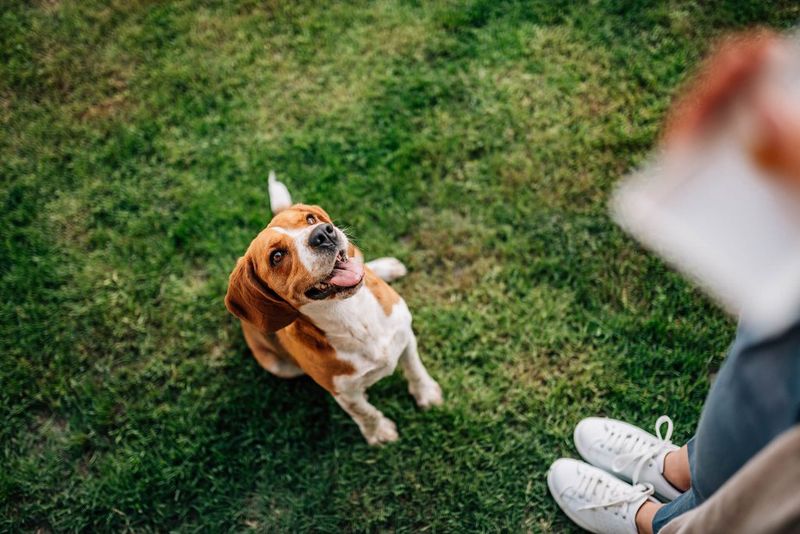
Consistency is key in training. Sensitive dogs need clear guidance. Inconsistent commands lead to confusion. They may become unsure of what’s expected. This uncertainty can lead to anxiety.
Clear and consistent communication fosters understanding. Use the same commands for the same actions. Reinforce them with treats and praise. A consistent approach builds confidence.
They thrive in an environment where rules are clear. Avoid mixed signals and maintain clarity. Celebrate their learning with affection. They respond well to a structured training routine.
Fail: Overuse of Crates
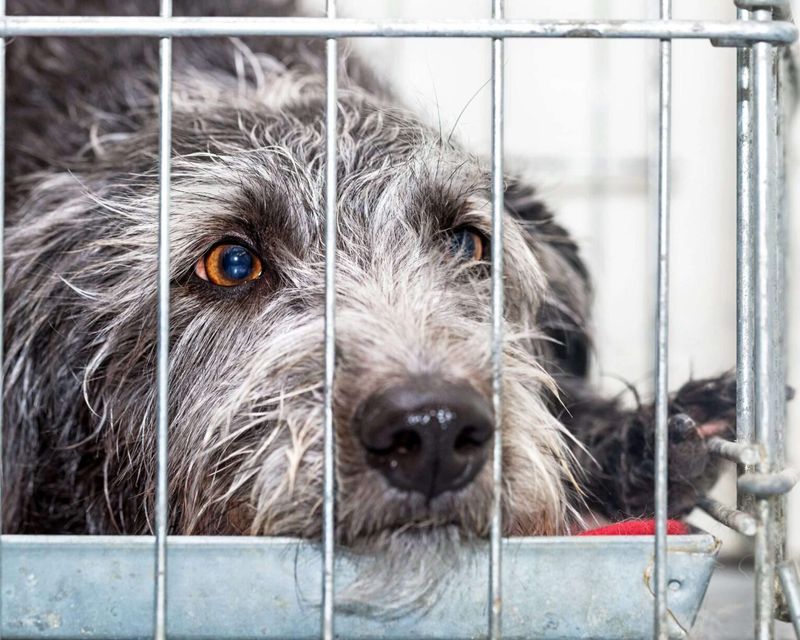
Crates can feel like confinement to sensitive dogs. Excessive use may lead to anxiety. They might associate the crate with punishment. Instead of comfort, it becomes a source of stress.
Crates should be a safe space, not a tool for discipline. Limit their use and introduce them gradually. Encourage positive associations with the crate. Use it as a retreat, not a prison. Reward them for going inside willingly.
A balanced approach fosters trust and security. They thrive in an environment where they feel safe and loved.
Fail: Too Much Repetition

Repetitive training can bore sensitive dogs. They might lose interest and focus. Instead of learning, they disengage. Variety keeps training engaging and fun. Mix up exercises to maintain interest.
Keep sessions short and lively. A change in routine rekindles enthusiasm. Sensitive dogs respond to creativity. Use toys and games as part of training. Celebrate small victories with praise. Avoid monotonous drills.
They thrive in dynamic and varied learning environments. Capture their attention with innovative techniques. Encourage participation with diverse activities.
Fail: Negative Reinforcement
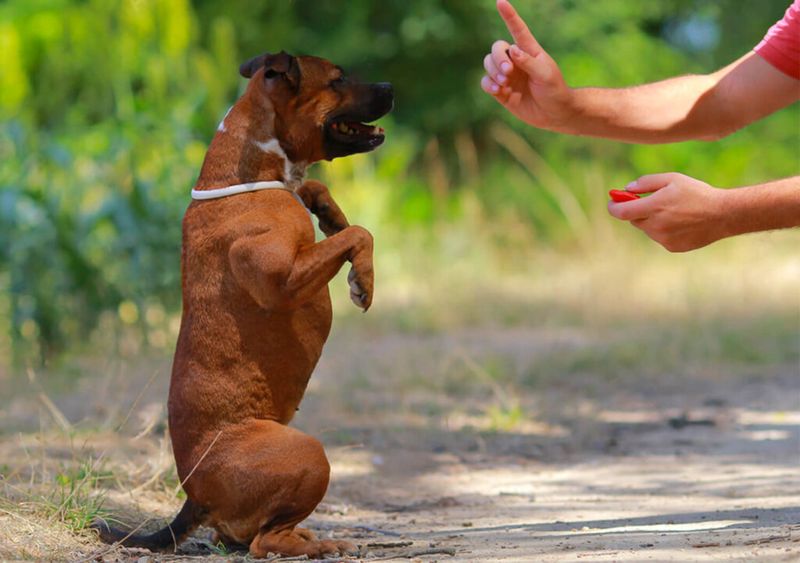
Negative reinforcement can confuse sensitive dogs. Instead of learning, they might fear making mistakes. Punishments create anxiety and distrust. They flourish with positive reinforcement.
Reward good behavior instead of punishing bad. Encourage with treats and affection. A kind word and gentle touch work wonders. Create a nurturing environment where they feel supported.
Celebrate their efforts with praise. They thrive with encouragement and understanding. A positive approach builds confidence. They learn with joy and enthusiasm. Transform challenges into opportunities for growth.
Fail: Forced Socialization
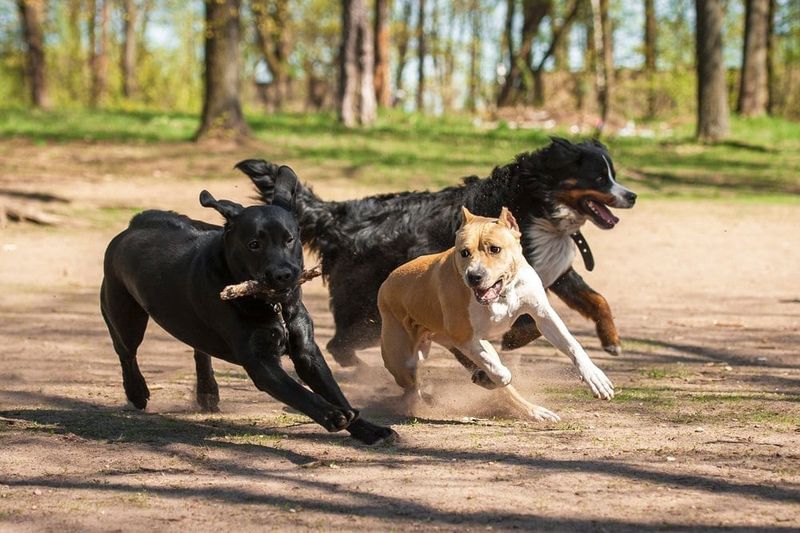
Forced socialization can overwhelm sensitive dogs. They may feel trapped in unfamiliar situations. Instead of socializing, they become anxious. Allow them to approach others at their own pace.
Gradually introduce them to new environments. Create positive experiences with rewards. Encourage gentle interactions and friendships. Celebrate their social successes with praise. A patient approach fosters confidence.
They thrive in comfortable and familiar settings. Avoid overwhelming situations and build trust. Transform socialization into a joyful experience. They flourish with support and understanding.
Fail: Overexposure to Loud Environments

Loud environments can frighten sensitive dogs. They may feel overwhelmed by noise. Instead of exploring, they retreat. Gradually introduce them to new sounds. Create positive associations with the environment.
Use treats to reward calm behavior. A quiet and safe space helps them relax. Avoid crowded and noisy areas initially. Celebrate their progress with praise. They thrive in calm and serene settings.
Encourage exploration in a gentle manner. Transform new experiences into positive adventures. They respond well to a tranquil approach.
Fail: Lack of Routine

Sensitive dogs thrive on routine. A lack of structure can lead to confusion. They may feel insecure and anxious. Establishing a routine builds confidence. Consistent schedules provide comfort.
Create a daily rhythm with feeding and walks. Use familiar commands and cues. Celebrate routine successes with praise. They respond well to consistency and predictability. Avoid sudden changes and maintain balance.
Transform routine into a source of security. They flourish with stability and understanding. Encourage confidence through a well-structured environment.
Fail: Using Fear to Control

Fear-based training harms sensitive dogs. Instead of teaching, it creates anxiety. They may become frightened and withdrawn. Use kindness and understanding instead.
Encourage learning through positive reinforcement. Celebrate their efforts with treats and praise. Transform fear into trust with compassion. They respond well to a gentle approach. Create a safe and nurturing environment.
Avoid tactics that instill fear. Build confidence with love and support. They thrive in a compassionate setting. Embrace training as a joyful experience. Encourage growth with empathy and care.
Success: Positive Reinforcement
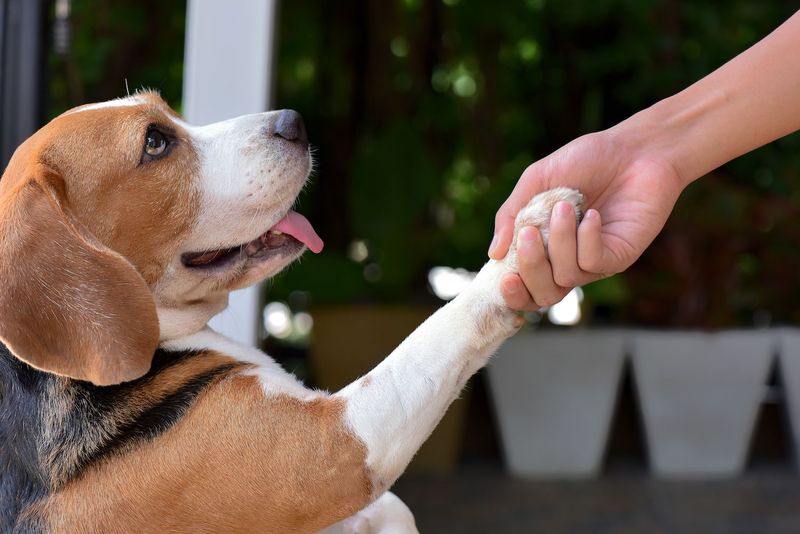
Positive reinforcement works wonders with sensitive dogs. Encouraging good behavior with treats fosters learning. A kind word and gentle touch build trust. Celebrate their achievements with praise.
They respond well to encouragement and understanding. This method creates a nurturing environment. Use rewards to reinforce positive actions. They thrive with love and support. Build confidence through positive experiences.
Create a joyful training atmosphere. They flourish with a compassionate approach. Transform challenges into opportunities for growth. Encourage learning with empathy and care. They love being rewarded for their efforts.
Success: Clicker Training
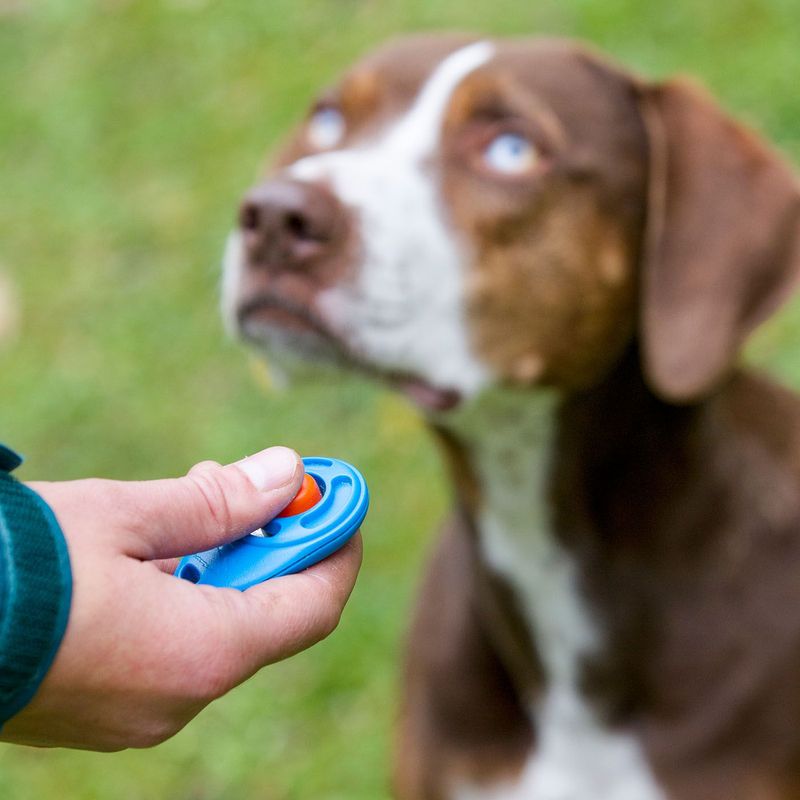
Clicker training is effective with sensitive dogs. The sound signals positive behavior. It creates clear communication between dog and owner. Celebrate their achievements with treats.
They respond well to clicker cues. This method builds trust and confidence. Use it to reinforce positive actions. They thrive with clear and consistent signals. Create a joyful training atmosphere.
They flourish with understanding and support. Transform training into a fun experience. Encourage learning with empathy and care. They enjoy responding to the clicker. It brings structure and clarity to their training.
Success: Treat-Based Rewards
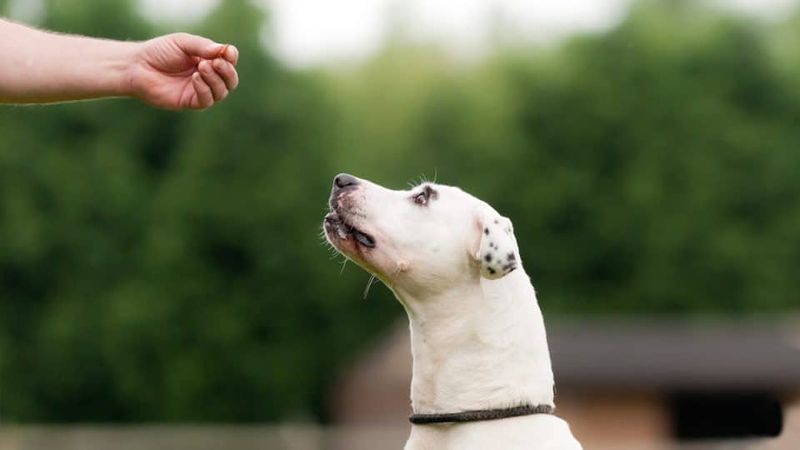
Treat-based rewards engage sensitive dogs. They associate treats with positive behavior. A tasty reward encourages learning. Celebrate small successes with treats. They respond well to this method.
It creates a nurturing environment. Use treats to reinforce good behavior. They thrive with positive experiences. Build confidence through rewarding actions. Create a joyful training atmosphere.
They flourish with love and support. Transform challenges into learning opportunities. Encourage growth with empathy and care. They enjoy being rewarded for their efforts. It brings joy and enthusiasm to training.
Success: Gentle Touch Techniques
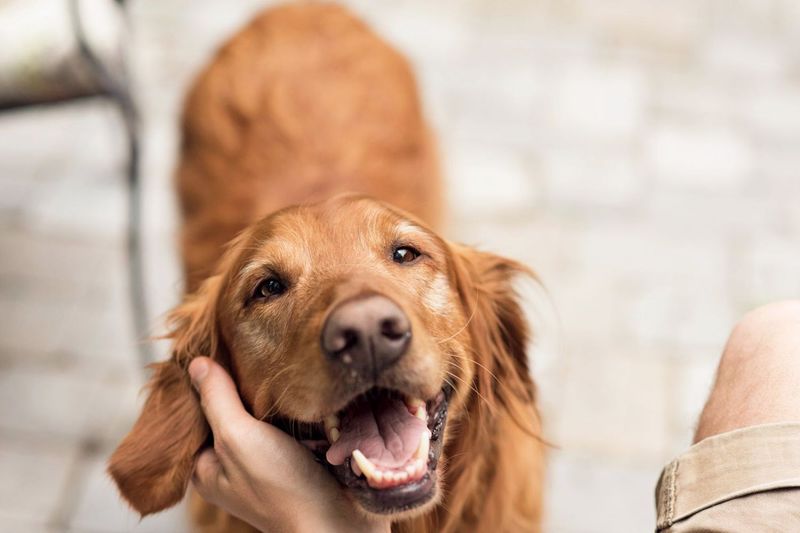
Gentle touch techniques soothe sensitive dogs. They respond positively to a loving touch. A calm hand builds trust. Celebrate their relaxation with praise. They thrive in a nurturing environment.
Use gentle touch to create a bond. They flourish with understanding and care. Transform stress into calm with a soothing touch. Encourage relaxation with gentle massages. They enjoy the connection and warmth.
Create a peaceful atmosphere. They respond well to compassionate handling. Build confidence through gentle interactions. They love feeling secure and cherished.
Success: Consistent Routine
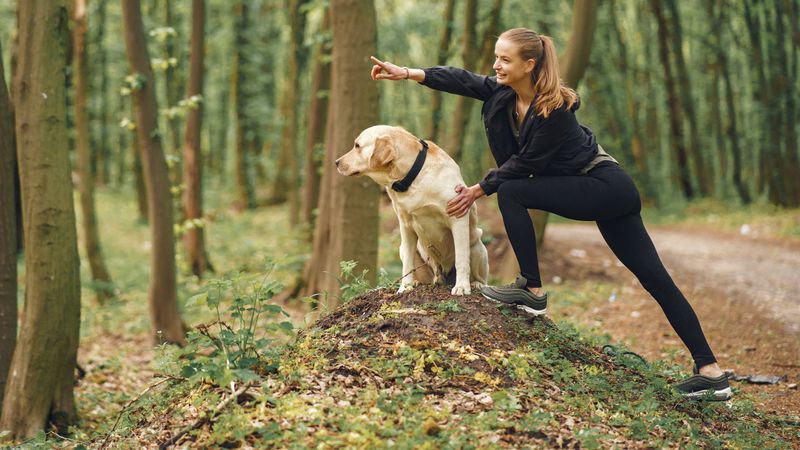
A consistent routine benefits sensitive dogs. It provides structure and security. They thrive on predictable schedules. Celebrate routine successes with praise. They respond well to consistency.
This method creates a stable environment. Use familiar commands and cues. They flourish with routine and balance. Transform training into a positive experience. Encourage confidence through structured activities.
They enjoy knowing what to expect. Create a joyful and organized atmosphere. They respond well to clear and consistent signals. Build confidence with love and support.
Success: Play-Based Learning
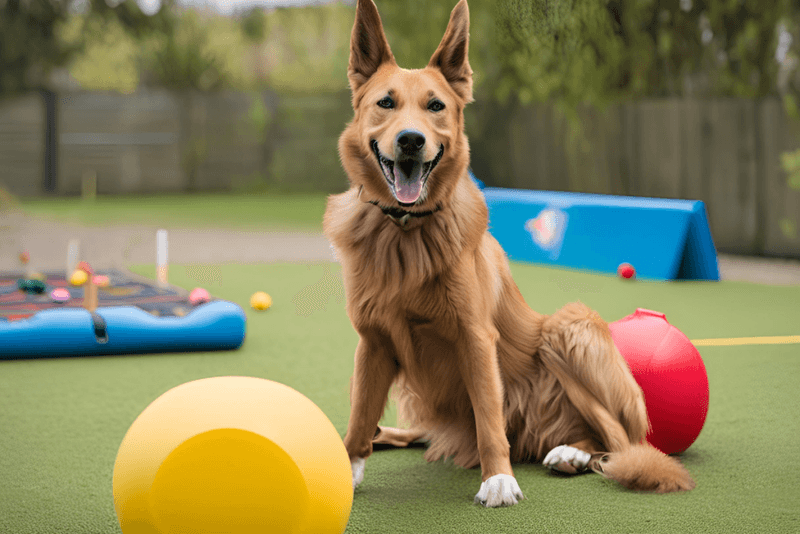
Play-based learning captivates sensitive dogs. They enjoy training through fun activities. Celebrate their enthusiasm with praise. They respond well to playful methods. This approach creates a joyful atmosphere.
Use games to reinforce positive behavior. They thrive with creativity and enjoyment. Transform training into a fun adventure. Encourage learning through engaging activities. They love being part of playful sessions.
Create a dynamic and energetic environment. They respond well to fun challenges. Build confidence through interactive play. They enjoy exploring and learning through play.
Calm Communication Techniques

Imagine having a conversation with your dog, not through words but through energy. Calm communication techniques rely on your tone, body language, and actions to convey messages to your sensitive canine. This method empowers you to connect with your dog on an emotional level, fostering trust and understanding.
Soft-spoken words and gentle gestures can significantly impact a dog’s response. Avoid harsh commands that might intimidate sensitive dogs. Instead, focus on creating a tranquil environment where your dog feels safe and valued.
Did you know? Consistent calm communication can reduce anxiety in dogs, leading to a more harmonious household.

